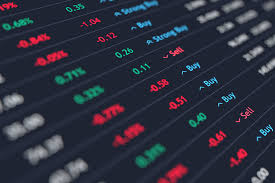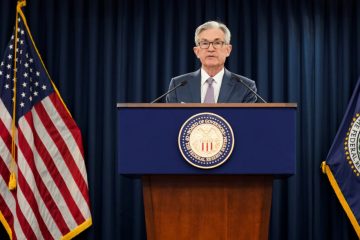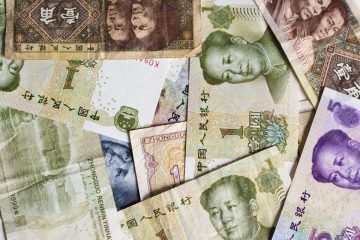Russian gas cut pushes euro toward new lows

The euro fell and was testing a two-decade low on Monday after Russia’s indefinite closure of its main gas supply pipeline to Europe stoked fears of energy shortages, high prices and a hit to growth, while the U.S. dollar index hit a 20-year high.
The euro touched $0.9903 in early Asia, just above last month’s trough of $0.99005. Sterling hit a 2-1/2-year low at $1.1458.
The pound has also been weighed down by concerns over rising energy costs. British foreign minister Liz Truss said over the weekend she would set out immediate action to tackle rising energy bills and increase energy supplies if she is, as expected, to become Britain’s next prime minister.
The yen, at 140.23 per dollar, was under pressure near a 24-year low. The risk-sensitive Australian dollar slid 0.3% and was near a seven-week low at $0.6790.
The U.S. dollar index hit a new two-decade high, briefly topping 110.
Russia scrapped a Saturday deadline for flows down the Nord Stream pipeline to resume, citing an oil leak in a turbine. It coincided with the Group of Seven finance ministers announcing a price cap on Russian oil.
“Everything is pointing to a lower euro,” said Carol Kong, senior associate for international economics and currency strategy at Commonwealth Bank of Australia.
“We’ve heard a great deal of negative news about the European economy, and I think the decline in euro can continue this week.”
Outsized rate hikes are also on the cards this week. Markets have priced about a 75% chance of a 75 basis point hike in Europe and an almost 70% chance of a 50 bp hike in Australia.
Pricing for a 75 bp hike in the United States this month has pared back somewhat after a mixed jobs report on Friday, that contained a few hints of a loosening labor market.
Fed funds futures imply about a 55% chance of a 75 bp hike.









